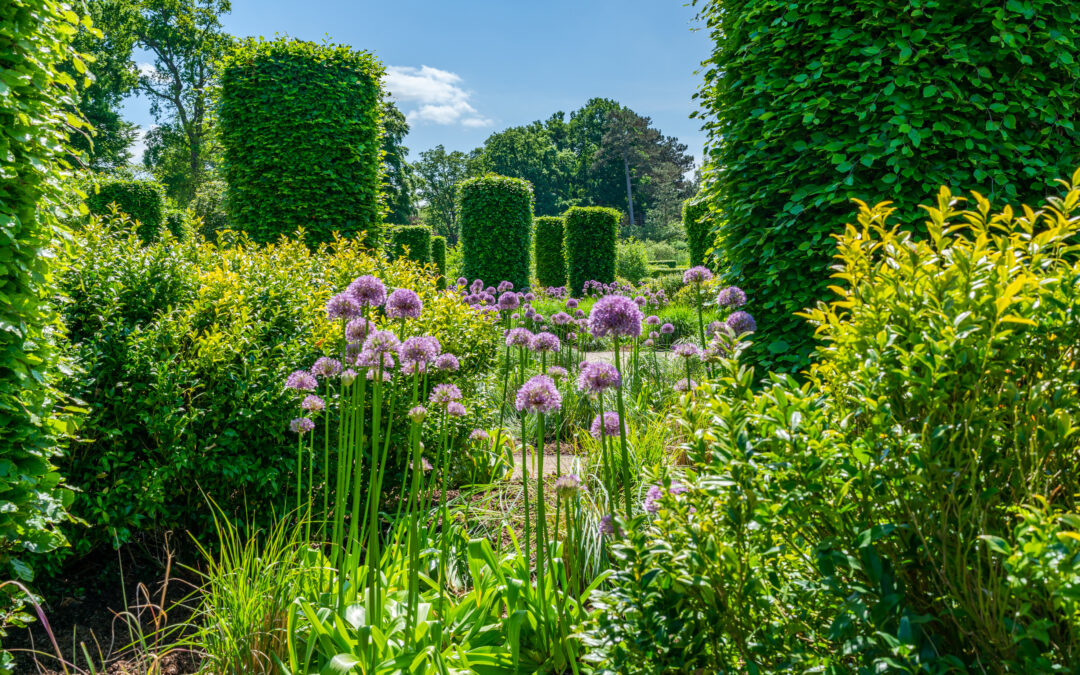Horticultural waste for a greener future is a valuable resource that benefits both communities and the environment. By reusing and repurposing this waste, companies and gardeners can contribute to sustainable practices while creating more vibrant and healthy urban spaces. Here are five innovative ways to reuse horticultural waste in various projects across the city.
Composting for Urban Gardens
One of the simplest and most effective ways to reuse horticultural waste is through composting. Transforming leaves, grass clippings, and plant trimmings into nutrient-rich compost can provide essential nutrients to urban gardens and green spaces. Companies and community groups can set up local composting programs to collect horticultural waste from residents and businesses. This compost can then be distributed to community gardens, parks, and even private gardens, improving soil health and reducing the need for chemical fertilizers.
Creating Green Mulch out of waste
Green mulch is another excellent use for horticultural waste. Shredded branches, leaves, and other plant materials can be spread over garden beds and around trees to help retain moisture, suppress weeds, and regulate soil temperature. Green mulch not only enhances the health of plants but also reduces the amount of waste sent to landfills. Landscapers and gardeners can collaborate with local tree-trimming services to collect and repurpose green waste as mulch, benefiting both the environment and the community.
Production for Soil Improvement and a greener future
Biochar is a form of charcoal produced from organic waste, including horticultural waste, through a process called pyrolysis. This carbon-rich material can be added to soil to improve its structure, increase water retention, and enhance nutrient availability. Additionally, biochar helps sequester carbon, reducing greenhouse gas emissions. Companies can invest in biochar production facilities or partner with existing ones to turn horticultural waste into a valuable soil amendment, promoting healthier and more productive urban landscapes.
Energy Generation through Biomass
Considering horticultural waste for a greener future can also be used as a source of renewable energy. Biomass power plants can convert organic waste into electricity. Heat through combustion or anaerobic digestion. This not only provides a sustainable energy source but also reduces the volume of waste that needs to be managed. Municipalities and companies can explore the feasibility of biomass projects. By using horticultural waste it generates clean energy for local communities and businesses.
Crafting and Eco-Friendly Products
Lastly, horticultural waste can inspire creativity and innovation. Artists and artisans can use dried leaves, twigs, and other plant materials to create unique eco-friendly products such as decorative items, natural dyes, and paper. Community workshops and events can encourage residents to get involved in crafting projects, fostering a sense of community and environmental stewardship. Businesses can also explore opportunities to develop and market sustainable products made from repurposed horticultural waste.
Reusing horticultural waste not only addresses waste management challenges but also offers numerous benefits for urban communities and the environment. By adopting these practices, companies and gardeners can play a crucial role in promoting sustainability, enhancing green spaces, and supporting local economies. Let’s turn waste into a resource and build a greener, more resilient future for our cities.

